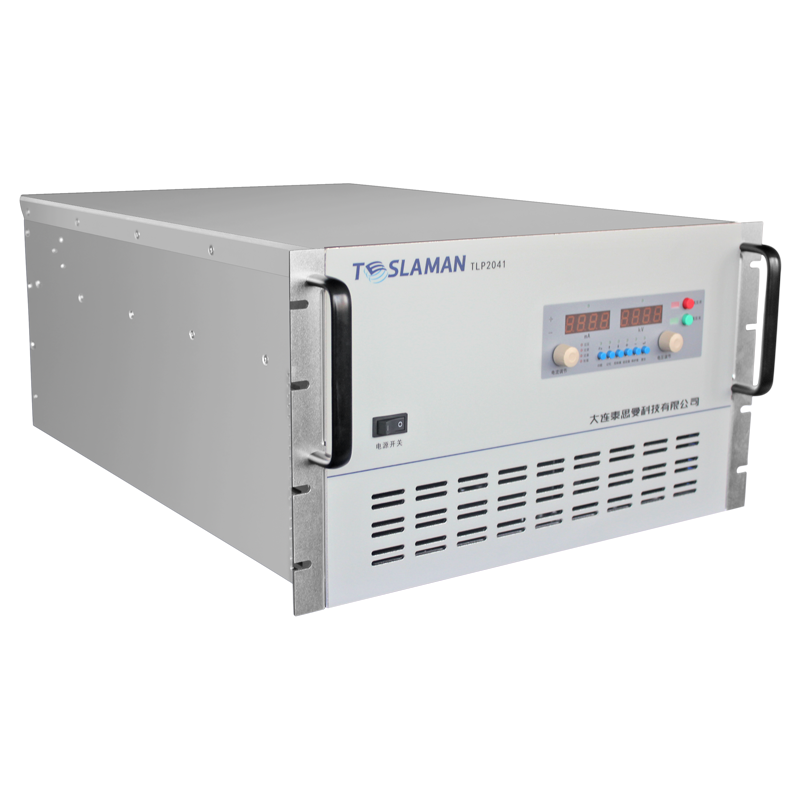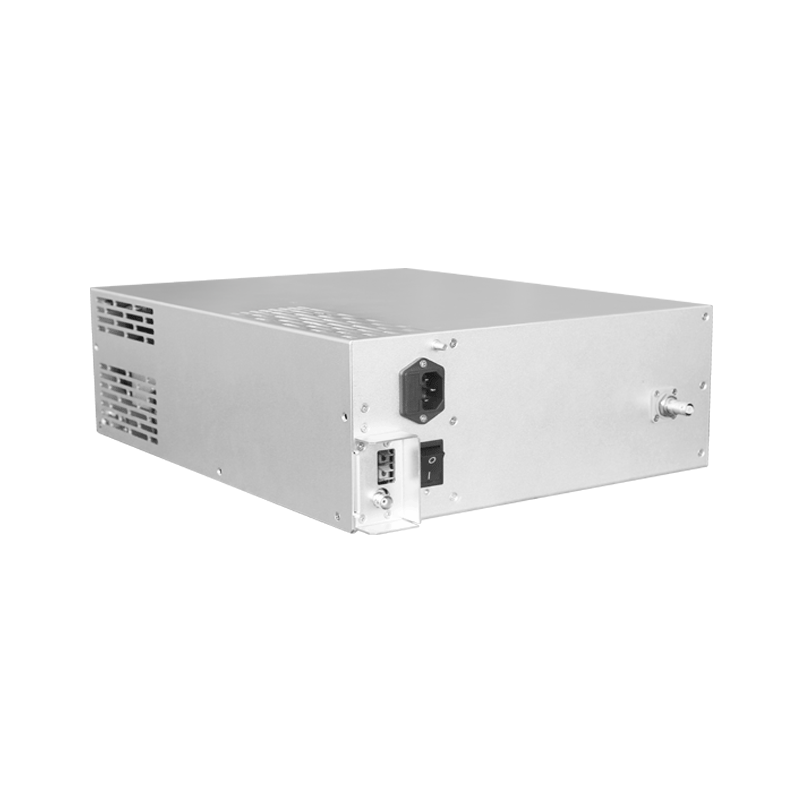Voltage Fluctuation Control of ppm-Level High-Voltage Power Supply
In numerous high end scientific research and advanced industrial application scenarios, extremely stringent requirements are placed on the stability of high voltage power supplies. The control of voltage fluctuations at the ppm (parts per million) level is a key indicator. The control of voltage fluctuations in ppm level high voltage power supplies is crucial for the accuracy and reliability of the entire system operation.
When a high voltage power supply is in operation, it is prone to voltage fluctuations due to various factors. From an internal perspective, the performance parameters of electronic components inside the power supply, such as power transistors and capacitors, can change with temperature and operating time, leading to unstable voltage output. For example, the capacitance value of a capacitor may drift after long term operation, resulting in poor filtering effects and an increase in voltage ripple. External factors also cannot be ignored. The dynamic changes of the load have a significant impact on voltage fluctuations. When the load current suddenly increases or decreases, if the response speed of the power supply is not fast enough, the output voltage will drop or rise instantaneously.
Achieving voltage fluctuation control at the ppm level faces many challenges. Traditional feedback control methods have a response delay problem when dealing with rapidly changing disturbances. Because there is a time lag from detecting voltage fluctuations to the control system making adjustments, it is difficult to meet the ppm level accuracy requirements. In addition, the noise interference inside the power supply also increases the control difficulty. The power supply generates various electromagnetic noises during operation, and these noises are mixed into the voltage output signal, further exacerbating voltage fluctuations and making precise control even more difficult.
To achieve voltage fluctuation control at the ppm level, a series of advanced technologies have emerged. On the one hand, using a high precision voltage detection circuit is fundamental. By selecting high resolution analog to digital converters and low drift operational amplifiers, small voltage changes can be detected in real time and accurately, providing accurate data for subsequent control. On the other hand, introducing advanced control algorithms is the core. For example, the adaptive control algorithm can automatically adjust control parameters according to the real time operating state of the power supply and load changes, improving the adaptability of the power supply to different working conditions and effectively reducing voltage fluctuations. At the same time, in hardware design, multiple filtering technologies such as LC filtering and active filtering can be used to greatly reduce the impact of internal noise and external interference of the power supply on the output voltage.
The control of voltage fluctuations in ppm level high voltage power supplies is of great significance in practical applications. In the field of particle accelerators, a stable high voltage power supply is the key to ensuring the accurate acceleration and transmission of particle beams. If the voltage fluctuation is too large, the acceleration trajectory of particles will deviate, affecting the accuracy of experimental results. In high end electron microscopes, a ppm level stable high voltage power supply can ensure the stability of the electron beam, thereby obtaining high resolution and high quality imaging effects, providing strong support for the research of the microstructure of materials.
In conclusion, the control of voltage fluctuations in ppm level high voltage power supplies is a challenging but crucial task. By overcoming technical problems, continuously optimizing control strategies and hardware designs, and achieving high precision voltage fluctuation control, it will provide a solid technical guarantee for the development of many cutting edge fields.




















